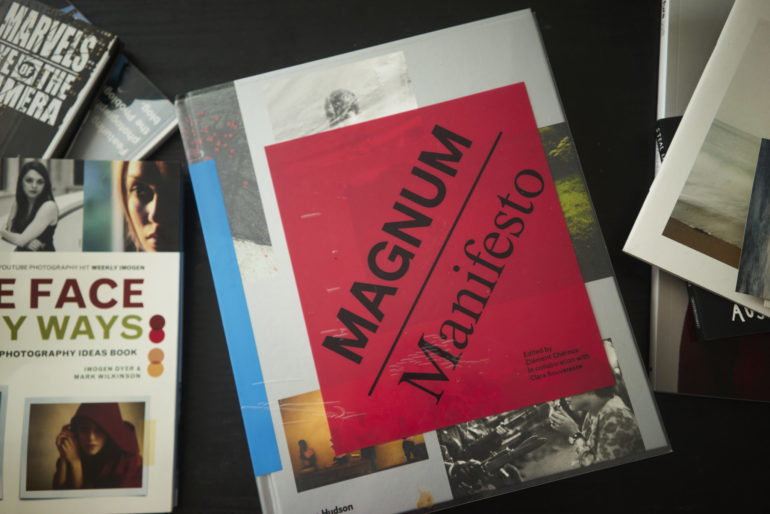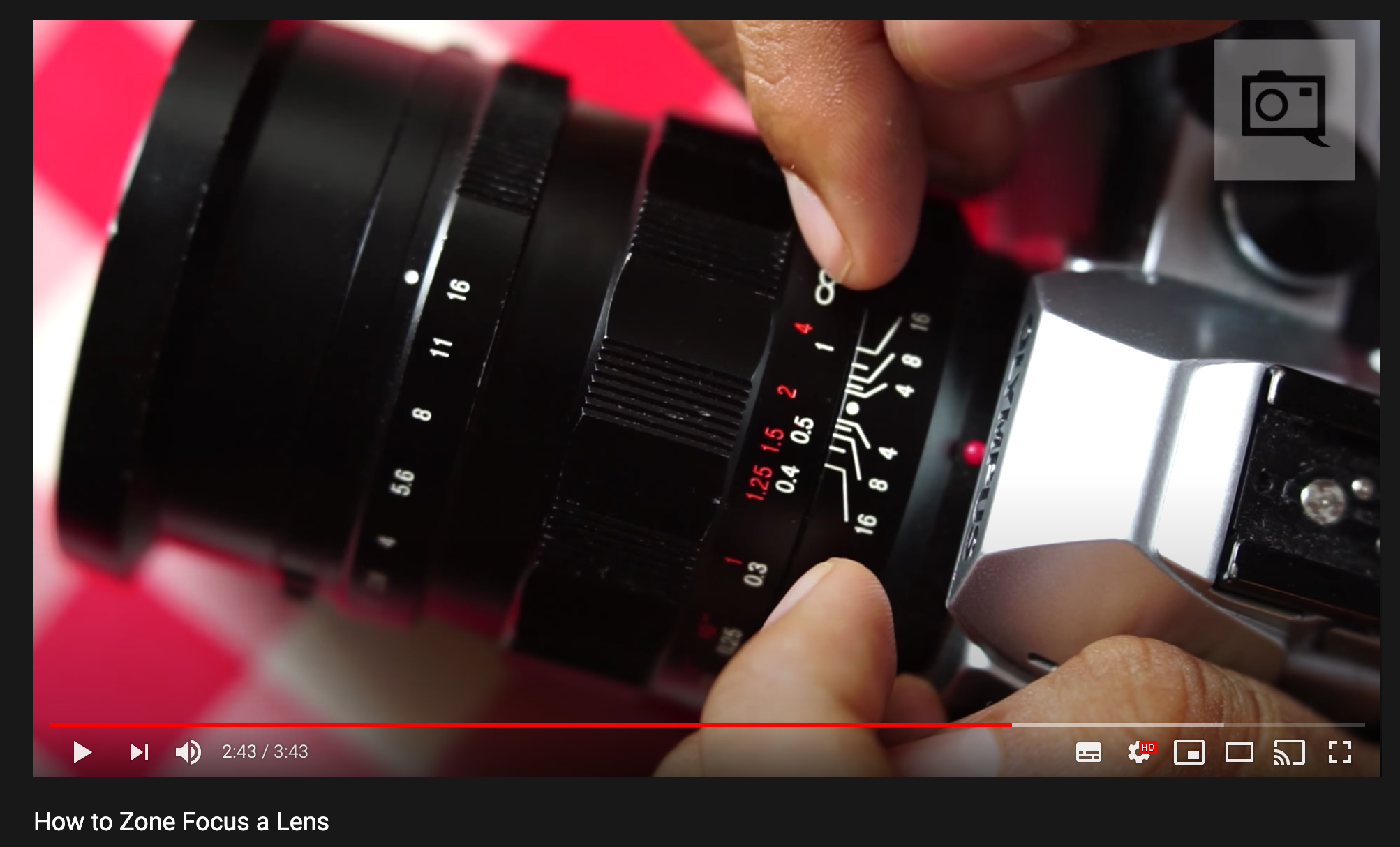Follow along by clicking the Listen to This Article Feature. Give it a shot!
20 years ago, those interested in learning photography would read textbooks and attend classes. Today, accessing educational content is much easier. Log in to your laptop, visit YouTube, and you can find thousands of videos that will help you learn. Both in-class and online learning have value in 2020. They both have their pros and cons. But let’s answer the question; which method of learning will give you the best education in photography?
Learning Photography in School

Learning photography in the classroom is great. I did several photography courses in my early days. Looking back, they were some of the best times of my life. Each week I had something to look forward to. It was a reason to get out of the house, socialize, and learn about something I’m passionate about.
I had a great tutor. But he was brutal. He had no time for pats on the back and fake approval. If an image was lacking, he would let you know – but always with steps in how you could improve. He demanded respect too. He wasn’t going to be taken for a ride. If you didn’t give 100% to the course, he would show you where the door was. Some found him too much to handle, but I liked him. His no-nonsense approach certainly helped me improve my skills much quicker than if he were more of a soft touch.
One of the main advantages of learning in a classroom environment is student feedback. There’s plenty of value in the support and tips shared from those who are learning with you. It felt like everyone was improving together; it’s an invaluable part of development.
Learning in class does have its downsides, however. You can’t learn at your own pace. And sometimes, other students can take up more time from the tutor than everyone else, meaning you get less dedicated time from the person teaching you. Of course, there are times you lack motivation. You don’t feel like going to class, and would much rather just learn from home.
Learning Photography on Online
Following on from the last point, this is where learning photography online really has its advantages. You don’t need to leave your house; you don’t even need to get dressed! But the biggest selling point of online learning is the cost.
Most online tutorials are free. They cost the consumer nothing and they get quality, detailed teaching. We’ve spent 10 years building our free online tutorials. They help millions of people around the world become better photographers. Considering that learning at college can cost hundreds if not thousands of dollars, getting a free education doesn’t sound bad at all now does it?
Sure there are some drawbacks to learning on the likes of YouTube. You don’t get direct feedback, you can’t ask a video a question, and you also have to go through all the bad videos from photographers who’ve only been shooting for a year or two. Learning online isn’t perfect – but it’s convenient, and you can certainly improve your skills.
I should note that a lot of the biggest brands offer extensive online courses from the masters too. Magnum has an online course, and there’s the Masters of Photography course too. For less than $200 you can get hours of tutorials from the greatest to ever to do it!
Conclusion
As clearly outlined, both methods of learning have their advantages and disadvantages. Having an experienced tutor is priceless – as is student collaboration. But being able to learn online opens up a world to limitless information. It costs next to nothing, and as we see with online courses, the approach to teaching is only getting better.
I’m still very fond of my education. But if I were speaking to someone who was starting their journey today, I’d tell them to develop their skills online – they’ll soon see improvements.


